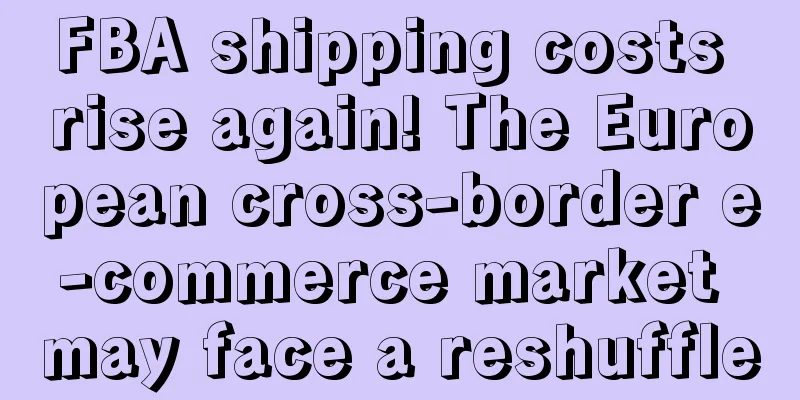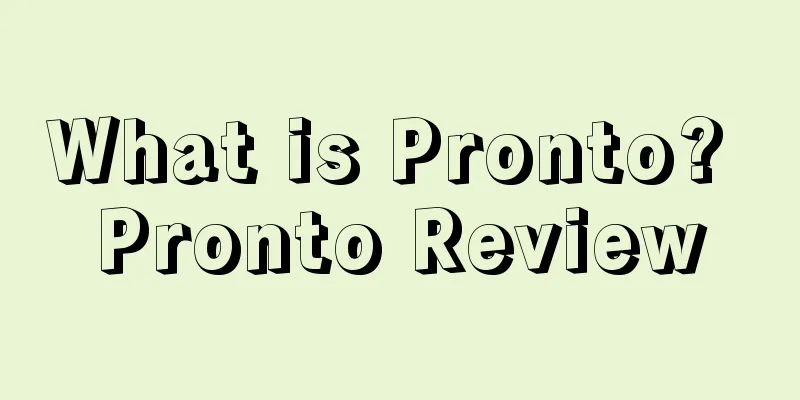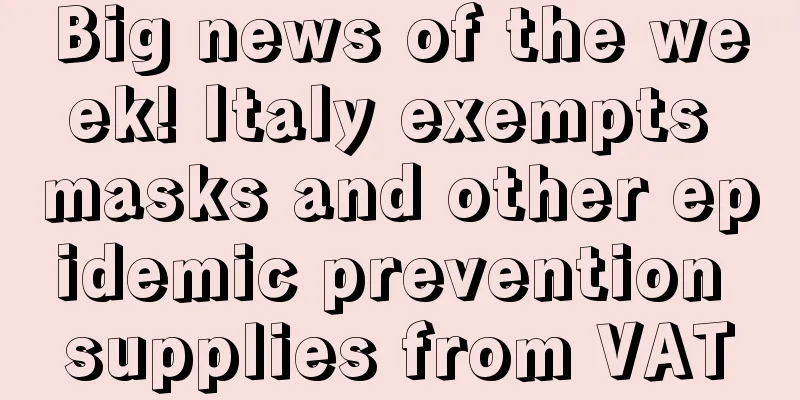What is a utility model patent? Utility model patent evaluation

|
A utility model is an intellectual property right that protects an invention. This right exists through legislation in some countries, such as Argentina, Austria, Brazil, Chile, China, Denmark, Finland, France, Germany, Hungary, Italy, Japan, Malaysia, Mexico, Morocco, Philippines, Poland, Portugal, Russia, South Korea, Spain, Taiwan, Uzbekistan, etc. Utility models are very similar to patents, but usually have a shorter term (usually 6 or 10 years) and do not have strict patentability requirements. Utility models in Germany and Austria are called "utility tools" (Gebrauchsmuster). This has influenced some other countries, such as Japan. In Indonesia, Finland and Australia, utility models are called "petty patents" (Petty Patent). Classification of intellectual property rights definition A utility model is a monopoly granted by law to provide sufficient teaching to the inventor for a limited period of time to allow a person skilled in the relevant field to make the invention. The rights granted by utility model law are very similar to those granted by patent law, but are more suitable for those inventions that are considered to be "incremental inventions". For example, "small-scale patents", "innovation patents", "minor patents" and "petty patents" can also be considered to meet the definition of "utility models". In Malaysia, it is called "utility innovation". Scope of use The shape of a product referred to in a utility model patent refers to a definite spatial shape that can be observed. The shape of a product without a definite shape, such as a gaseous, liquid, powdered, or granular substance or material, cannot be used as the shape feature of a utility model product. A utility patent refers to the product construction, which refers to the arrangement, organization and relationship of the various components of the product. Authorization conditions Most countries with utility models require inventions to be novel. However, many patent offices or utility model offices do not conduct substantive examinations, but grant utility model rights after checking that the utility model application complies with format requirements (such as Taiwan). Some countries do not allow certain specific subjects to be protected by utility models, for example, plants and animals are generally not protected by utility models. In China, utility models only protect the shape or structure of a product, or their combination, but not any method. Prior art includes any knowledge that is known to the public through written descriptions worldwide or use in China before the priority date of the application. In addition, utility models adopt a registration system and do not require substantive examination. Their authorization speed is usually much faster than that of invention patents. In Germany, a utility model is considered new if it is not part of the prior art. The prior art includes any knowledge that was publicly known in Germany before the priority date of the application, either by written description or by use in Germany. Publication or use made within six months before the priority date is not considered prior art if it was made by the applicant or his successors. In Spain, the novelty requirement for obtaining a utility model (Spanish: modelo de utilidad) is relative, meaning that only the written disclosure of the invention in Spanish territory will cause the utility model claims to lose novelty. This is in stark contrast to the absolute novelty requirement for Spanish patents. What constitutes a “disclosure of the invention in Spanish territory” has been the subject of two recent decisions of the Spanish Supreme Court. Distinguishing inventions The difference between a utility model and an invention is that: First, a utility model is limited to products with a certain shape and cannot be a method or a product without a fixed shape. Second, the creativity requirements for utility models are not too high, but their practicality is relatively strong. In view of the fact that utility models do not require high creativity, people generally refer to them as small inventions or creations. However, it should be understood that for inventions and creations with high creativity, as long as they meet the protection requirements of utility models, utility model patents can also be applied for. The shape of a product refers to the observable and definite spatial shape of the product. The technical solution proposed for the product shape can be a technical solution proposed for the spatial appearance of the three-dimensional form of the product, such as the improvement of the cam shape or the tool shape; it can also be a technical solution proposed for the two-dimensional form of the product, such as the improvement of the cross-sectional shape of the profile. The structure of a product refers to the arrangement, organization and relationship of the various components of the product. The structure of a product can be a mechanical structure or a circuit structure. The mechanical structure refers to the relative position relationship, connection relationship and necessary mechanical coordination relationship of the parts and components that constitute the product, while the circuit structure refers to the determined connection relationship between the components that constitute the product. The composite layer can be considered as the structure of the product. For example, the carburized layer and oxide layer of the product belong to the composite layer structure. Main Features Proprietary Exclusivity is also called "exclusiveness". Exclusiveness refers to the exclusive right of the patentee to manufacture, use, sell, import and export his invention. In other words, no other unit or individual may manufacture, use, sell, promise to sell, import and export the patented product for production and business purposes, use the patented method, or manufacture, use, sell, promise to sell, import and export the product directly obtained by the method for production and business purposes without the permission of the patentee. Otherwise, it is an infringement of the patent right. Regional According to the principle of patent independence stipulated in the Paris Convention, the regional characteristics of patent rights refer to the patent rights granted by a country in accordance with its own patent law, which are only valid within the jurisdiction of the country's laws and have no binding force on other countries. Foreign countries do not assume the obligation to protect their patents. If a patent right is only obtained in my country for an invention, then the patent owner only enjoys the patent right or exclusive right in my country. If someone produces, uses or sells the invention in other countries and regions, it does not constitute infringement. It is very meaningful to clarify the regional characteristics of patent rights. In this way, if a unit or individual in my country develops an invention with international market prospects, it is not only a matter of applying for domestic patents in a timely manner, but also should seize the opportunity to apply for patents in other countries and regions with good market prospects, otherwise the foreign market will not be protected. Time: The so-called time means that the exclusive rights granted by law to the patent owner for his invention are only valid within the time prescribed by law. After the expiration of the time limit, the patent owner no longer enjoys the exclusive rights to manufacture, use, sell, promise to sell and import his invention. At this point, inventions and creations that were originally protected by law have become public wealth of society, and any unit or individual can use them free of charge. Duration The patent laws of various countries have clear provisions. The protection period for invention patents is generally 10-20 years from the date of application. For utility model and design patents, most countries stipulate that the protection period is 5-10 years. The current patent law of my country stipulates that the protection period for invention patents, utility model patents and design patents is 20 years, 10 years and 15 years respectively from the date of application (the protection period for design patents with an application date before May 31, 2021 (including that day) is 10 years). |
<<: What is Makeronly.com? Makeronly.com Review
>>: What is U Select U Product? U Select U Product Review
Recommend
Demand for fashion and beauty products in the United States is "rejuvenating"! Sales will peak in December
According to a survey by NPD Group, in addition to...
Amazon starts poaching employees? Poached sellers go to court
Third-party sellers are an indispensable resource...
9 days left before Black Friday warehouse entry deadline! Amazon cuts tens of thousands of warehouses!
▶ Video account attention cross-border navigation ...
Amazon sellers, please take note! This product cannot be listed, and some sellers have been banned due to 50 reviews!
This article Highlights 1. The cross-border big s...
Record-breaking! This year's Black Friday e-commerce app downloads in Mexico reached 7 million!
<span data-docs-delta="[[20,"获悉,根据移动归因与营销分...
Starting from scratch, Shopify's 30-day store opening tutorial - Day 1
After years of development, the bonus period of c...
The rejection rate of containers is 56%! High temperature causes thermal paper to fade, and a large number of goods cannot be put on the shelves!
As global port congestion and supply chain disrupt...
What is Prestozon? Prestozon Review
Prestozon is an Amazon PPC management service that...
What is Papaya Orange? Papaya Orange Review
Papaya Orange is a comprehensive SaaS product of B...
Starting from scratch, Shopify's 30-day store opening tutorial - Day 16
3 Ways to Optimize Conversion Rates on Your Shopi...
Comparison of shopping experience between Amazon, Shein and Temu: the results are surprising
It is learned that recently, a consumer from the ...
What is paromi? Paromi Review
Paromi is a unique oasis that specializes in selli...
What is Nouyo Supply Chain? Nouyo Supply Chain Review
NuORDER was founded in 2011 and is headquartered i...
What is Grab? Grab Review
Grab (formerly known as Grab Taxi HolDINgs Pte. Lt...
New policy! The increase in variant weight does not mean you can do whatever you want!
Recently, Amazon has been secretly doing something...









